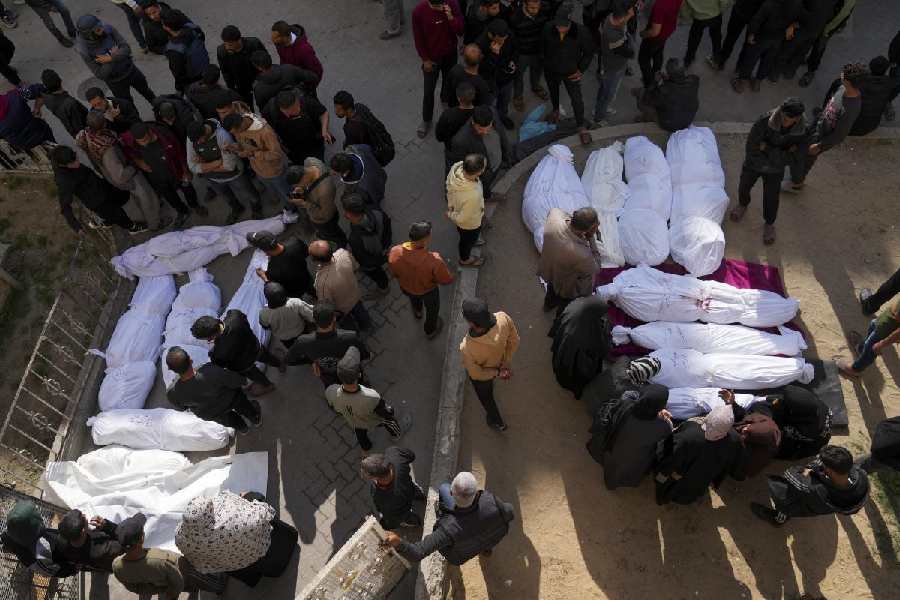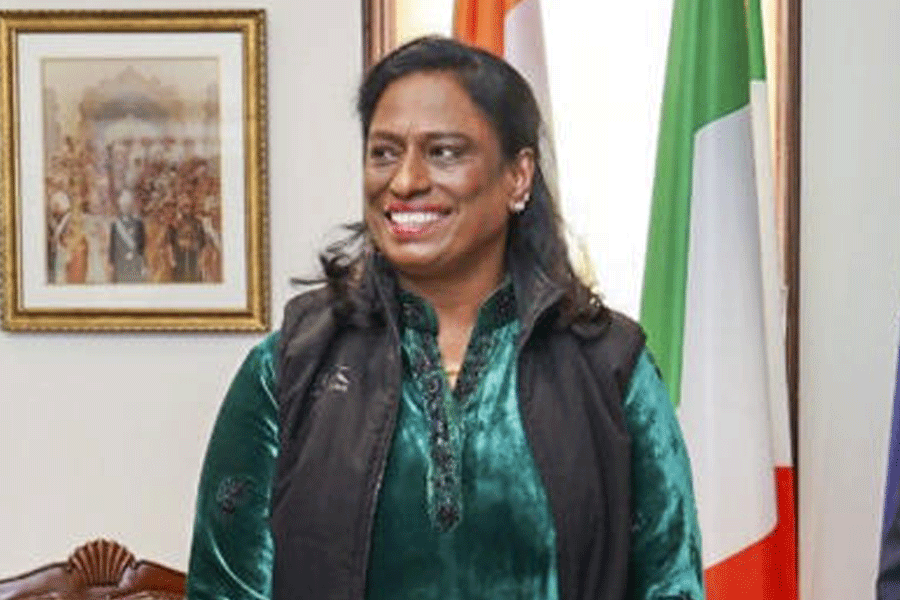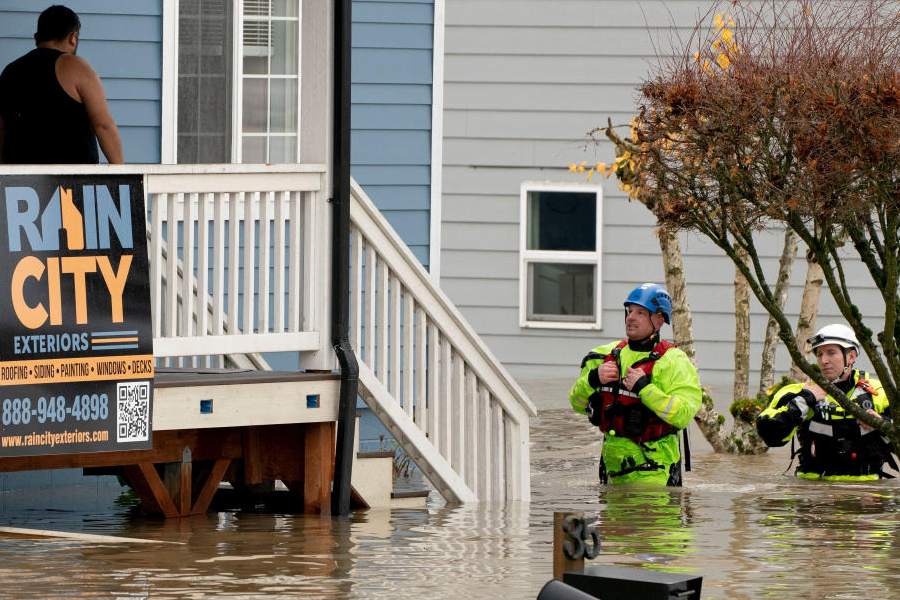The ceasefire violation by Israel in the Gaza Strip has left more than 400 dead in the Palestinian territory. Children were also among the unfortunate casualties.
However, the Israeli airstrikes late on Monday night killed several senior Hamas officials, including Issam al-Daalis, the head of the Hamas government in Gaza.
The strikes, which followed the collapse of a ceasefire in place since January, also claimed the lives of Mahmud Abu Watfa, head of the interior ministry, and Bahjat Abu Sultan, director-general of the internal security service.
“These leaders, along with their families, were martyred after being directly targeted by the Zionist occupation forces’ aircraft,” Hamas said in a statement, news agency AFP reported.
Daalis reported dead in 2024
Reports about Daalis’s death had circulated since July 2024, with speculation that he was killed in an airstrike back then, a report in the Israeli news outlet The Times of Israel stated.
While Hamas sources were quoted confirming his death in January, no official statements had been made by the IDF or Hamas until now, according to reports.
Among the others killed was Abu Ubaida Al-Jamassi, a senior member of Hamas’s political bureau in Gaza, who was reportedly overseeing the group’s emergency committee during the war. Ahmad Al-Khatta, director-general of Hamas’s justice ministry, was also among those targeted.
Truce no more
The latest escalation shattered the fragile truce that had largely held since January, plunging Gaza back into full-scale conflict.
Meanwhile, Hamas spokesperson Abdel Latif al-Qanua says on Telegram that “the criminal occupation, with prior American coordination, is resuming its genocide and committing dozens of massacres against our people.”
Israeli Prime Minister Benjamin Netanyahu ordered the strikes after Hamas refused Israeli demands to amend the ceasefire agreement. “Israel will, from now on, act against Hamas with increasing military strength,” his office declared.
The Israeli military issued new evacuation orders for eastern Gaza, including Beit Hanoun and other towns, signalling possible renewed ground operations. The strikes, which came during the holy month of Ramadan, sparked fears of prolonged warfare, particularly over the fate of roughly two dozen Israeli hostages still believed to be alive in Hamas captivity.
Hamas responded by accusing Netanyahu of using the strikes to save his floundering right-wing coalition. Senior Hamas official Izzat al-Risheq said the Israeli leader’s decision to return to war was a “death sentence” for the remaining hostages.
Meanwhile, families of the Israeli captives voiced outrage at the government, accusing it of sabotaging efforts to secure their release. “We are shocked, angry, and terrified,” said the Hostages and Missing Families Forum.
Scenes of devastation unfolded across Gaza as strikes rained down. In Rafah, a single airstrike killed 17 members of one family, including 12 women and children. In Khan Younis, hospitals were overwhelmed with casualties, with patients screaming in pain as medics struggled to cope.
The local health ministry said the death toll had surpassed 413, with hundreds more wounded and many still trapped under rubble.
The humanitarian situation in Gaza had already been dire, with Israel cutting off food, fuel, and medical supplies for over two weeks in a bid to pressure Hamas. Now, with war resuming, residents fear an even harsher siege. “Nobody wants to fight,” said Nidal Alzaanin, a Gaza City resident. “Everyone is still suffering from the previous months.”
The White House voiced support for Israel, claiming Hamas was responsible for the breakdown of the truce. National Security Council spokesman Brian Hughes said Hamas “could have released hostages to extend the ceasefire but instead chose refusal and war.”
An Israeli official, speaking anonymously, said the military operation aimed to dismantle Hamas’s leadership and infrastructure and would expand beyond airstrikes. Another Israeli source said Netanyahu was meeting top security officials to discuss next steps.
The ceasefire, brokered in January, had brought relative calm after months of war. During its first phase, Hamas released 25 Israeli hostages and returned the bodies of eight more in exchange for nearly 2,000 Palestinian prisoners.
However, talks on the second phase stalled as Hamas demanded a complete Israeli withdrawal from Gaza in return for releasing the remaining captives. Israel, in turn, insisted on Hamas’s military dismantling before considering an end to hostilities.
For Netanyahu, a return to war may serve a dual purpose — avoiding difficult political concessions and placating his far-right coalition partners, some of whom advocate for the reoccupation of Gaza.
The escalation also diverts attention from growing domestic unrest, with mass protests planned against his handling of the war and his decision to fire the head of Israel’s Shin Bet security agency.
The war, which began on October 7, 2023, after Hamas-led militants stormed southern Israel, has already killed over 48,000 Palestinians, according to local health officials. Over 90% of Gaza’s population has been displaced, and with the ceasefire now in tatters, fears grow of an even more brutal phase of the conflict.











